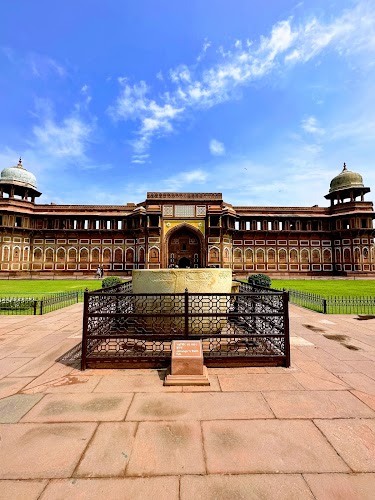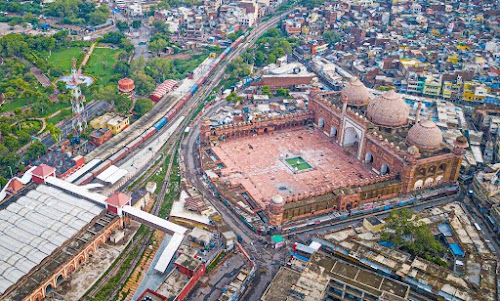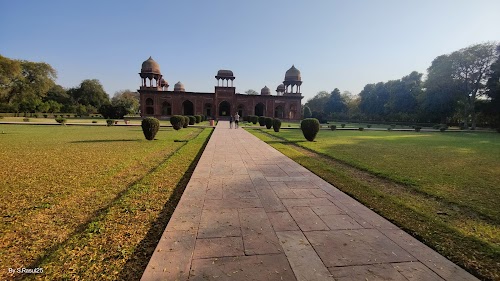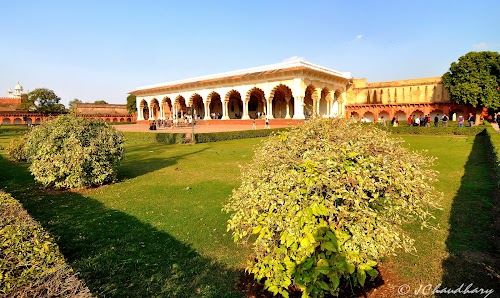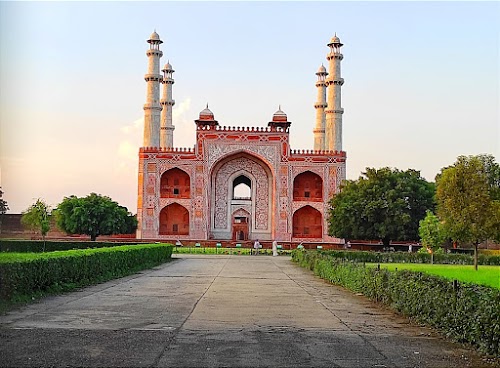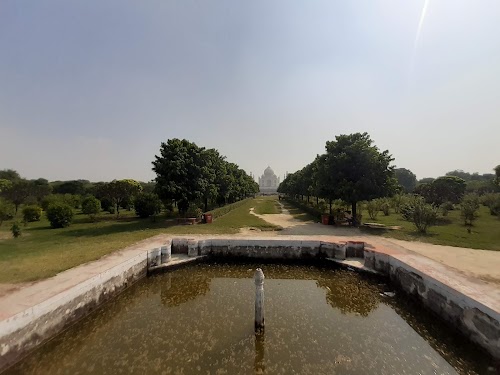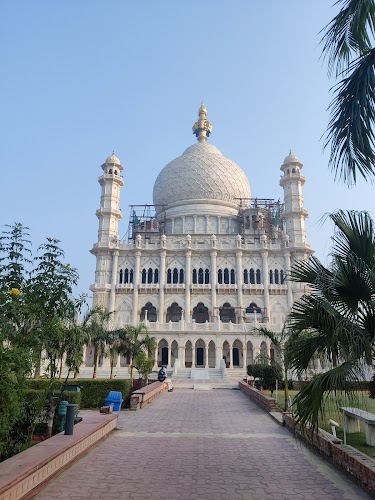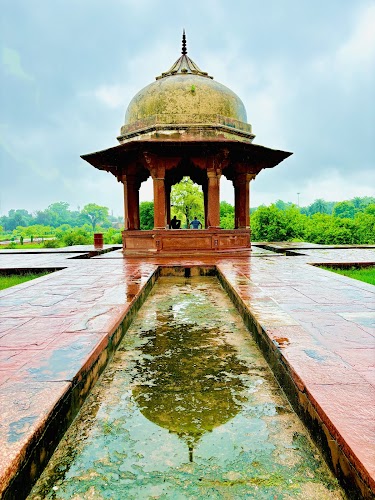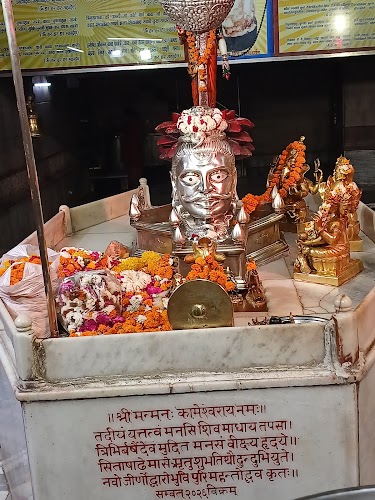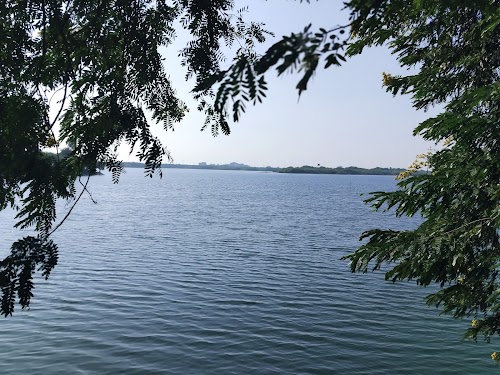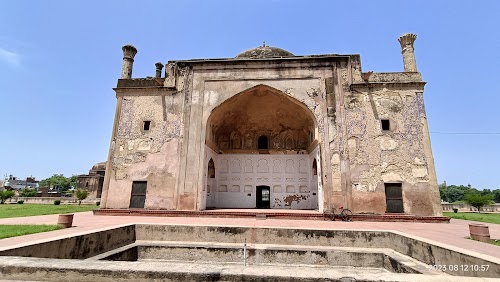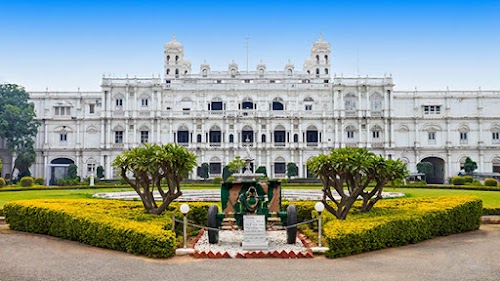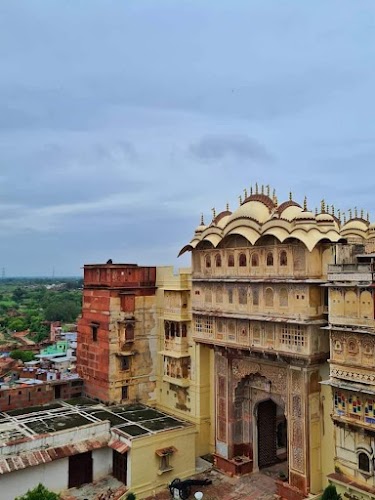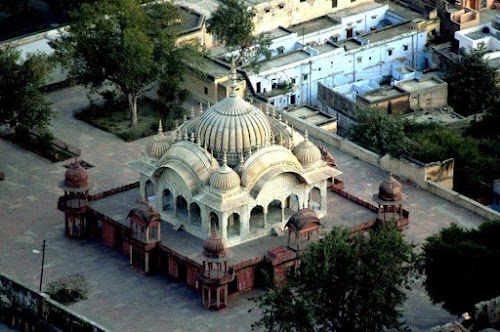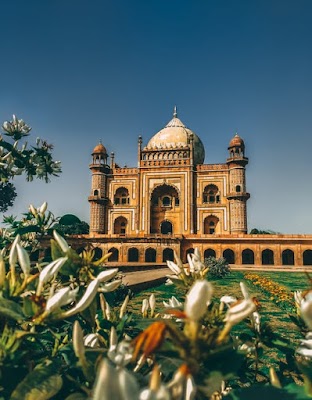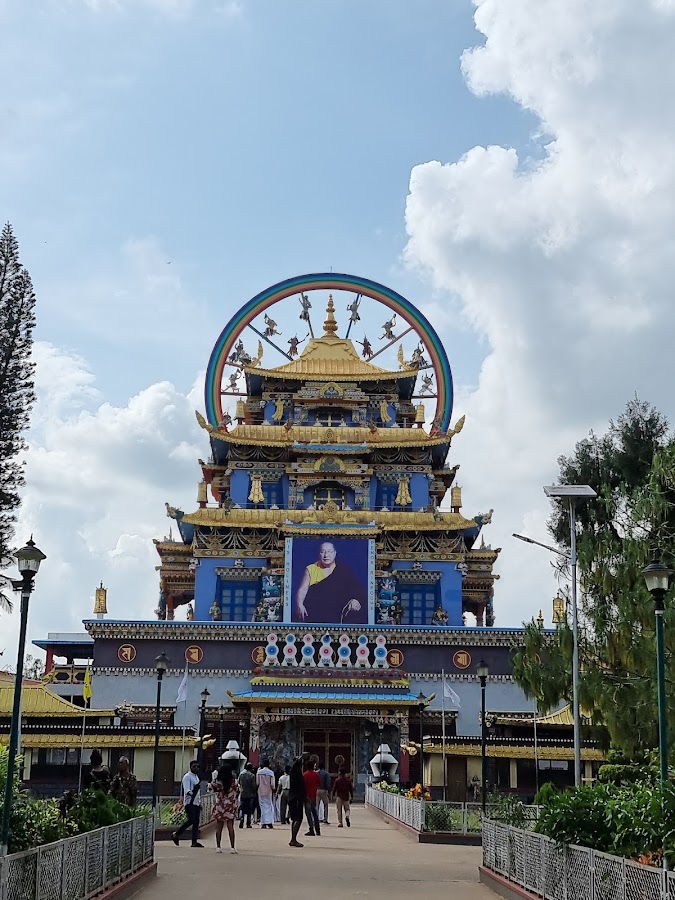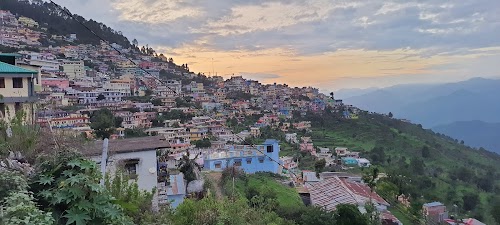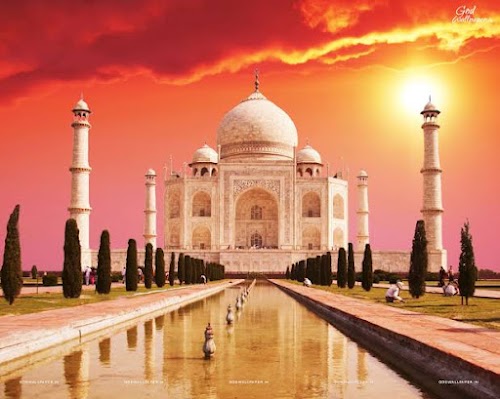
Agra, India
Agra, a city on the banks of the Yamuna river in the Indian state of Uttar Pradesh, is synonymous with the Taj Mahal. This iconic ivory-white marble mausoleum, built by Mughal emperor Shah Jahan for his wife Mumtaz Mahal, is a UNESCO World Heritage site and one of the New7Wonders of the World. Beyond the Taj, Agra boasts other impressive Mughal-era structures, including the Agra Fort, another UNESCO World Heritage site, and Itmad-ud-Daulah's Tomb, often described as a 'jewel box' and a precursor to the Taj Mahal. The city offers a glimpse into India's rich Mughal history and architectural prowess.
Known for:
History:
Agra reached its zenith during the Mughal era (16th-18th centuries). Established as the capital by Akbar the Great, it flourished under subsequent emperors like Jahangir and Shah Jahan. The city witnessed the construction of magnificent monuments like the Taj Mahal, Agra Fort, Fatehpur Sikri, and Itmad-ud-Daulah's Tomb. After the decline of the Mughal Empire, Agra came under Maratha and then British rule. The city played a significant role during the Indian Rebellion of 1857. Today, Agra stands as a testament to its rich Mughal heritage and continues to attract visitors from across the globe.
How to reach:
Agra is well-connected by air, rail, and road. Kheria Airport (AGR) connects Agra to major Indian cities. Agra Cantt railway station is a major rail hub with frequent trains from Delhi, Jaipur, and other cities. National highways connect Agra to other parts of the country, making it accessible by car or bus.
Places in Agra, India
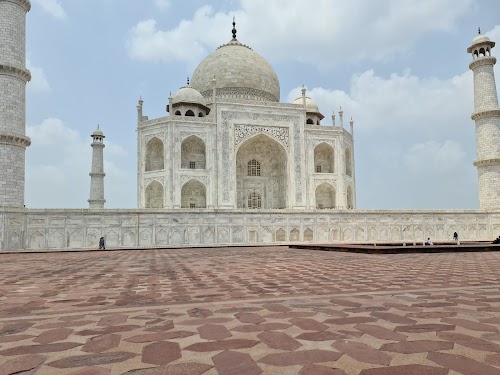
Taj Mahal
Agra, India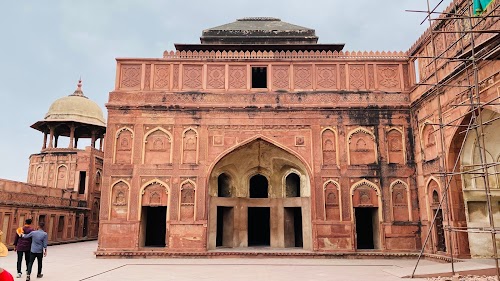
Agra Fort
Agra, India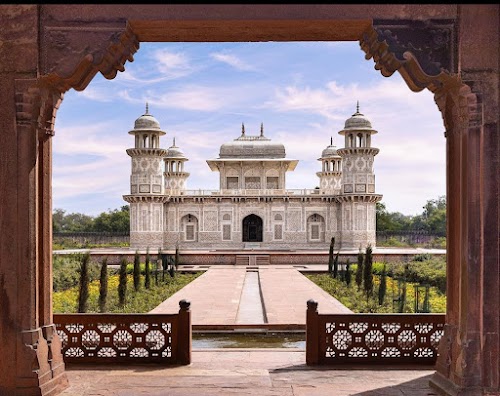
Itmad-ud-Daula
Agra, India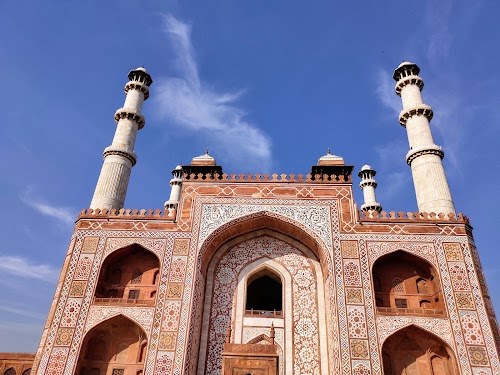
Tomb of Akbar
Agra, India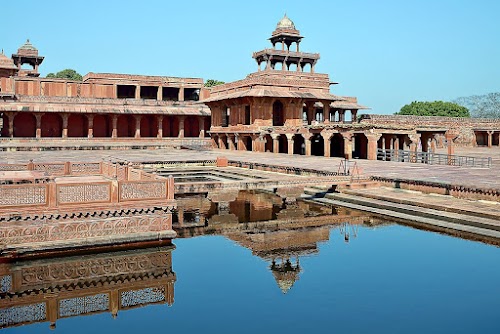
Fatehpur Sikri Fort
Agra, India
Diwan-i-Khas
Agra, India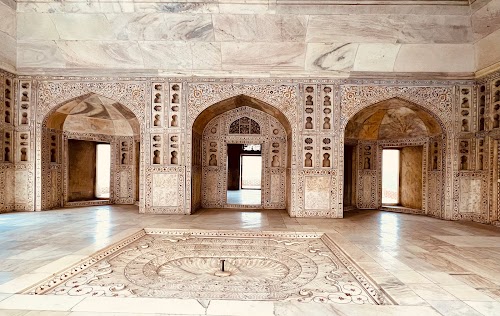
The Shish Mahal (The Glass Palace)
Agra, India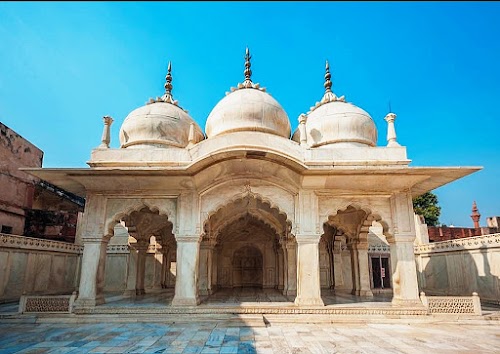
Moti Masjid
Agra, India
